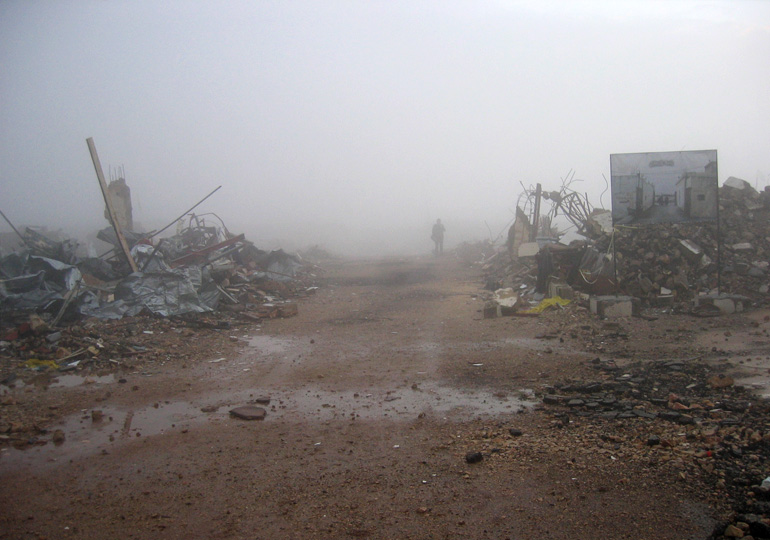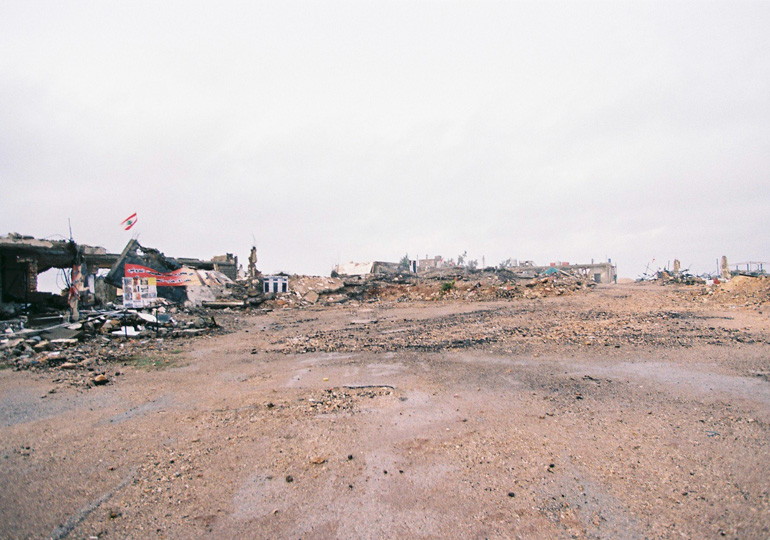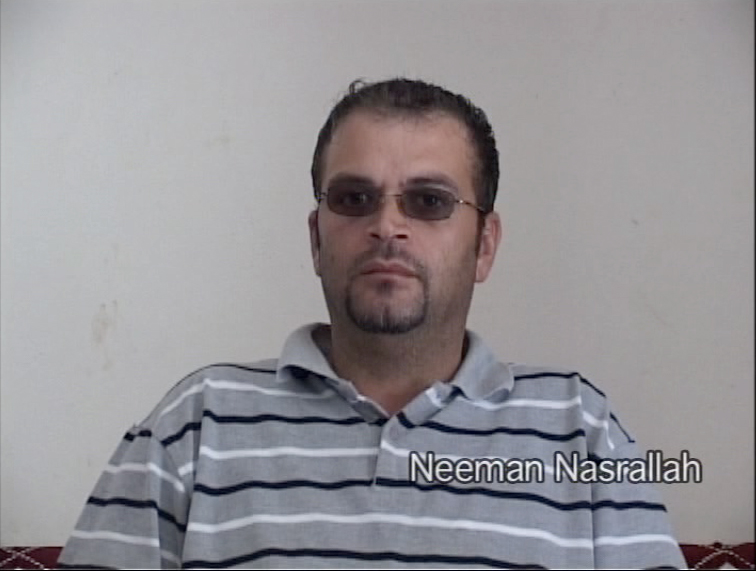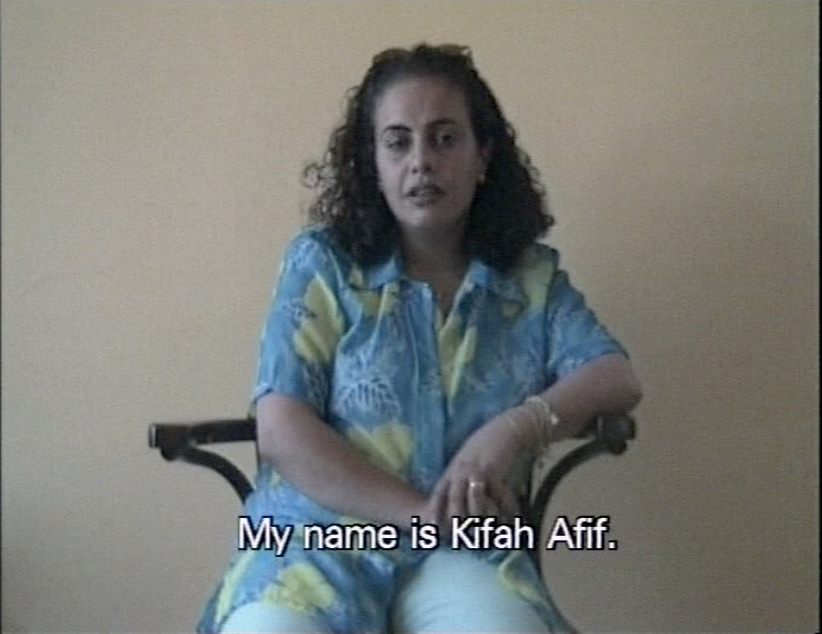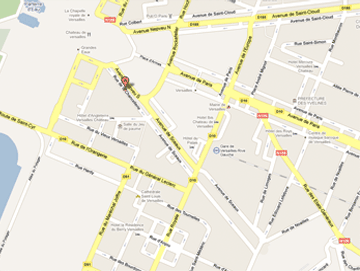Story line In 1999, while South Lebanon was still occupied and no images of the detention camp in Khiam were available, Hadjithomas and Joreige met six recently freed prisoners to discuss their experience of detention, the relation they developed to art, in order to question the modes of representation.
In May 2000, the camp of Khiam was liberated and turned into a museum. During the July 2006 war, the camp was totally destroyed.
Today, there is some talk of rebuilding it exactly as it was. Eight years later, Hadjithomas and Joreige met again with the same six prisoners to talk through the liberation and subsequent destruction of the camp. What are the roles of memory, history, reconstitution, imagination and the power of the image?
Directors NoteHow could one survive in the detention camp of Khiam in South Lebanon ?
Set up in 1985, in the security zone occupied by Israel since 1978, the detention camp of Khiam was run by Israel’s auxiliary militia, the South Lebanon Army.
Sonia, Afif, Soha, Rajae, Kifah, Neeman spent more than ten years in that hell.
They are witnesses of daily life in the camp : They tell us how they survived being locked up for years in solitary confinement between the four walls of a 1m 80 by 80. cell ; or sharing at six a 2.25 by 2.25 m. room.
Deprived of basic necessities, the prisoners recreated them, picking up secretly and hiding bits of string, wood and stone, cheese wrappers, olive stones, garbage. They unraveled their socks and their blankets, cut up their sweaters, turned pinches of earth into pigmentsÅ They produced secretly a needle, a pencil, strings of beads made of olive stones, flowers, sculptures, a chess game.
The prisoners developped and exchanged extraordinary production techniques to be able to communicate, to create, to disobey and to preserve that very sense of humanity which such a camp tries to eradicate.
This document was filmed with a sense of urgency , as intimate testimonies just before the camp was dismantled in Mai 2000.
Rather than a political condemnation, it attempts a metaphysical reflection on man’s willpower and wish to live.
It is also a work on representation and its limits, on evocation, on being confronted to an experience which can hardly be shared, camp life and detention.
After the total destruction of the camp, we felt the need to meet again the former detainees we had filmed in 1999, to think together about the event and , especially, about the idea of rebuilding the camp.
We launched with them considerations on various questions : What is to be done after the destruction of the camp ? Can a detention camp be rebuilt ? How can a trace be kept ? What can be done in the face of History when it is written by others ?
The set-up of the film is very strict, the camera is fixed, the framework identical. The radical is the set-up, the more it is forgotten, the important for us are those words we attempt to record.
We want to concentrate on them. But their words soon go beyond the frame, beyond traditional speech, and something happens.
The need to maintain the same set-up proved to be an evidence, mainly because the situation was very similar to that of 1999-2000. In both those two historic moments, we had to compensate the absence of image and representation. Moreover, the impact of time and History comes back to haunt us.




